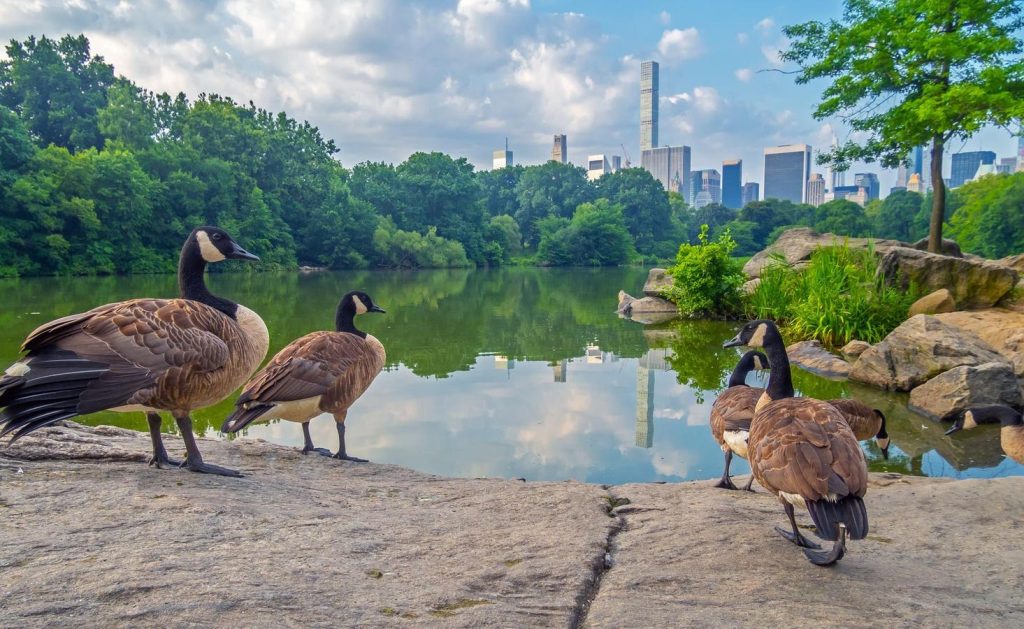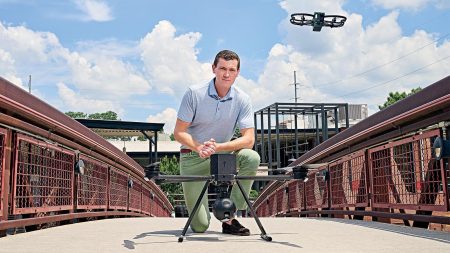A recent study has found traces of the highly pathogenic avian influenza virus H5N1 in a small number of wild birds in New York City, raising concerns about potential health risks for both animals and humans in urban environments. This discovery challenges the common belief that such risks are limited to rural areas or commercial farms. The study, led by microbiologist and geneticist Christine Marizzi, involved active community involvement through a citizen scientist program to monitor the health of urban wild birds. Samples were collected by high school students and screened for the presence of avian viruses.
The study identified eight birds positive for avian paramyxovirus and detected the presence of H5N1 bird flu in six city birds representing four different species. However, researchers stressed that this does not signal the start of a human influenza pandemic, as there have been no reported human cases linked to the virus in New York City. While the risk of H5N1 spreading to humans remains low, scientists urge caution and advise people to stay away from wildlife, including preventing pets from close contact with wildlife. Domestic cats are particularly vulnerable to infection from the H5N1 virus.
The Virus Hunters, as the junior scientist interns are known, collected over 2,500 samples from birds in NYC parks and natural areas, screening for avian viruses including avian paramyxovirus and H5N1. The study found a mix of Eurasian H5N1 and local North American avian influenza genotypes in the samples, highlighting the potential for different virus strains to circulate in urban areas. It is crucial for public health to be vigilant and adopt safe practices when handling sick or injured birds to prevent the spread of infections.
The discovery of H5N1 in city birds underscores the importance of surveillance and monitoring programs to track the presence of potentially harmful viruses in urban environments. While the risk of a human influenza pandemic starting from H5N1 in birds is currently low, it is essential for researchers and public health officials to remain vigilant and monitor the situation closely. In the meantime, individuals can take steps to protect themselves and their pets from potential infections by avoiding close contact with wildlife and using safe handling practices when dealing with sick or injured animals.
Overall, the study highlights the need for increased awareness and monitoring of avian viruses in urban environments, as well as the importance of community involvement in scientific research efforts. By working together, researchers, citizen scientists, and the public can help maintain a healthy environment for both wildlife and humans, reducing the risks of potential virus outbreaks and protecting public health. Ongoing surveillance and research will be crucial in understanding the dynamics of avian influenza viruses in urban areas and preventing their spread to humans.













